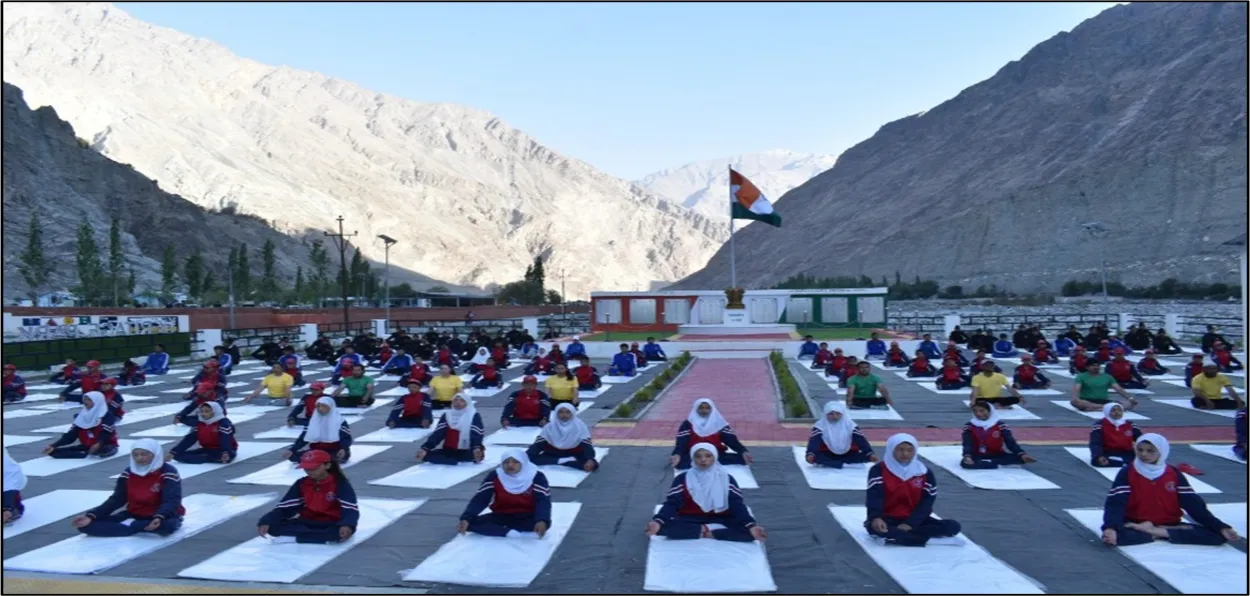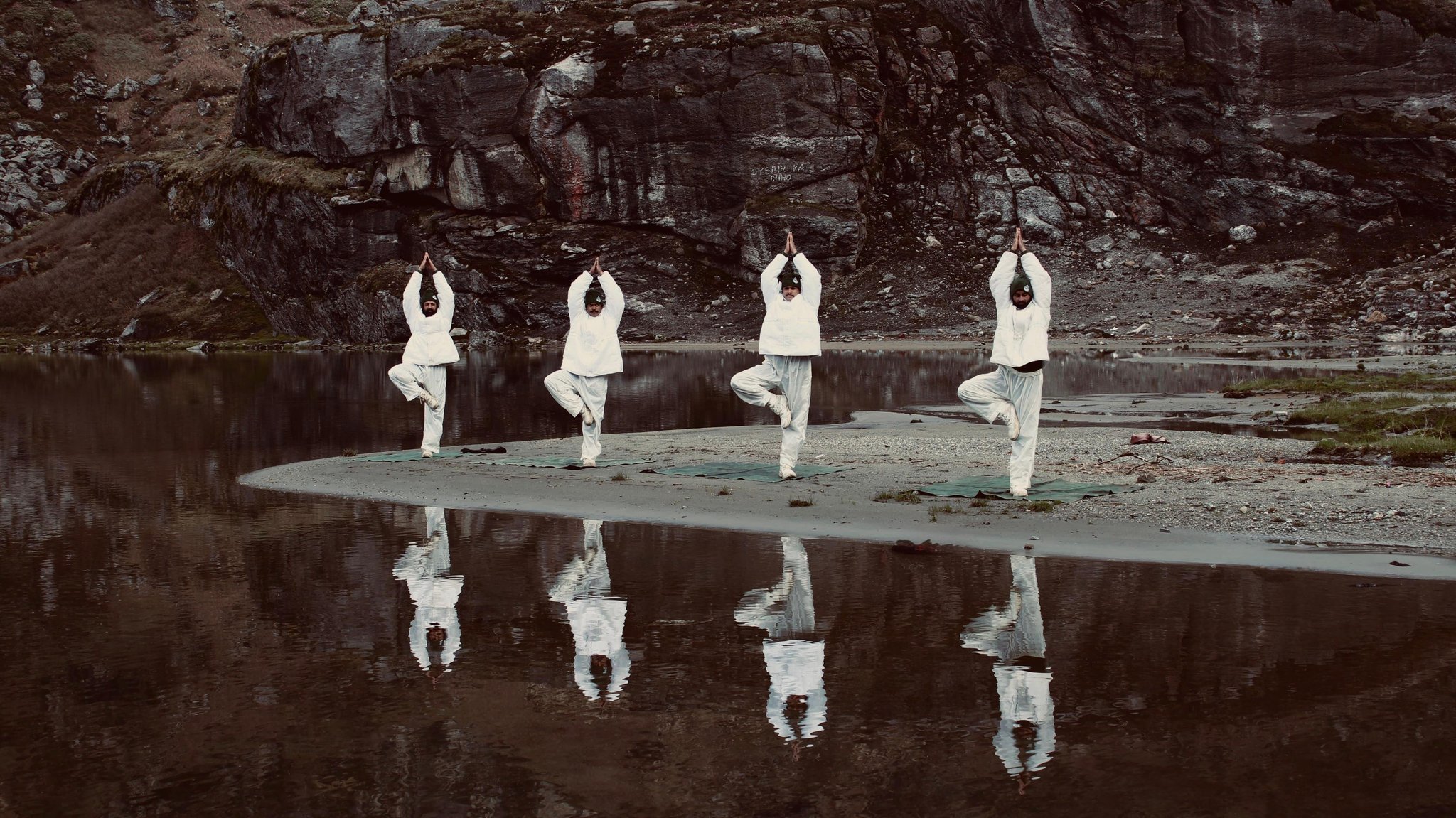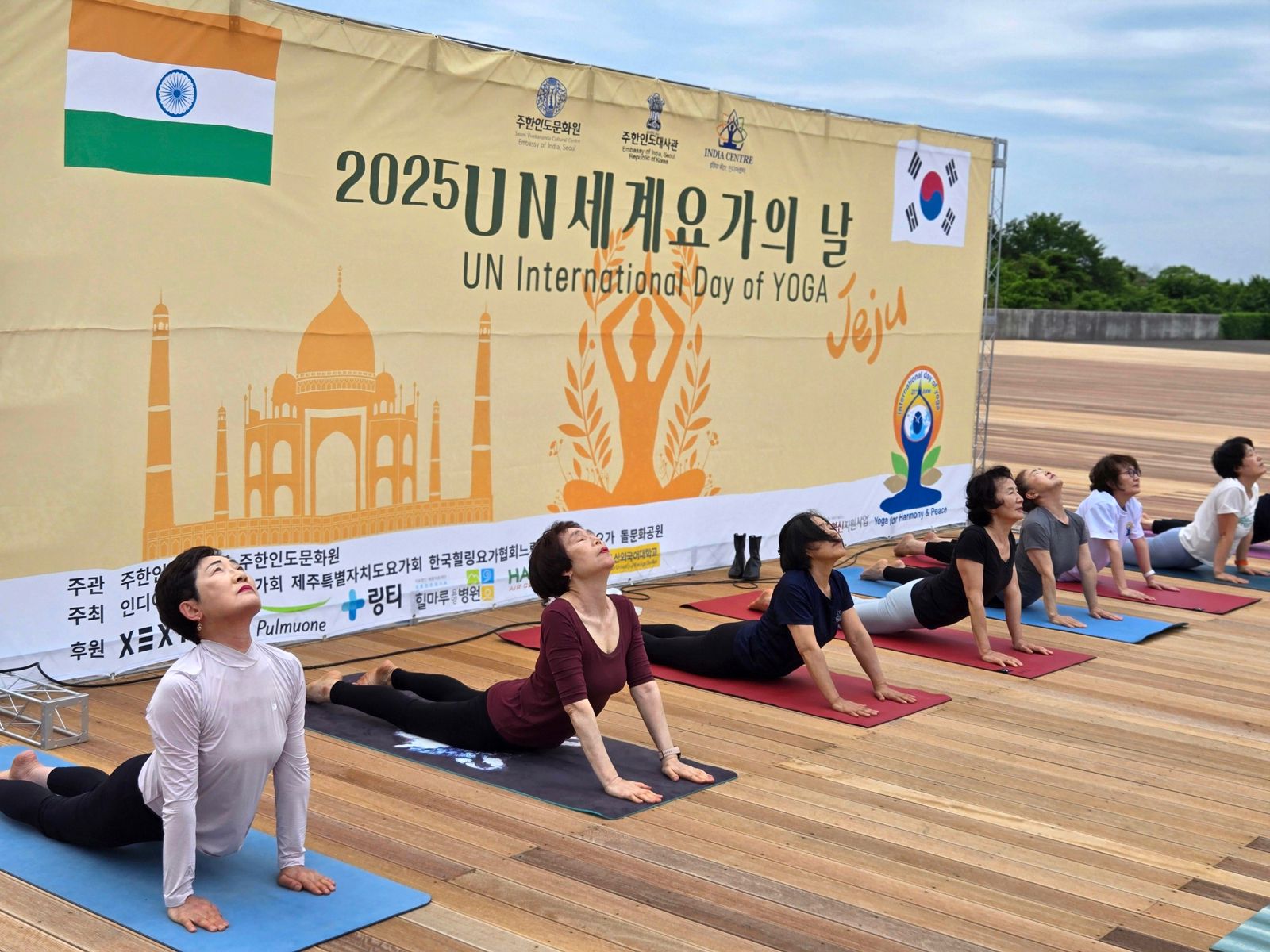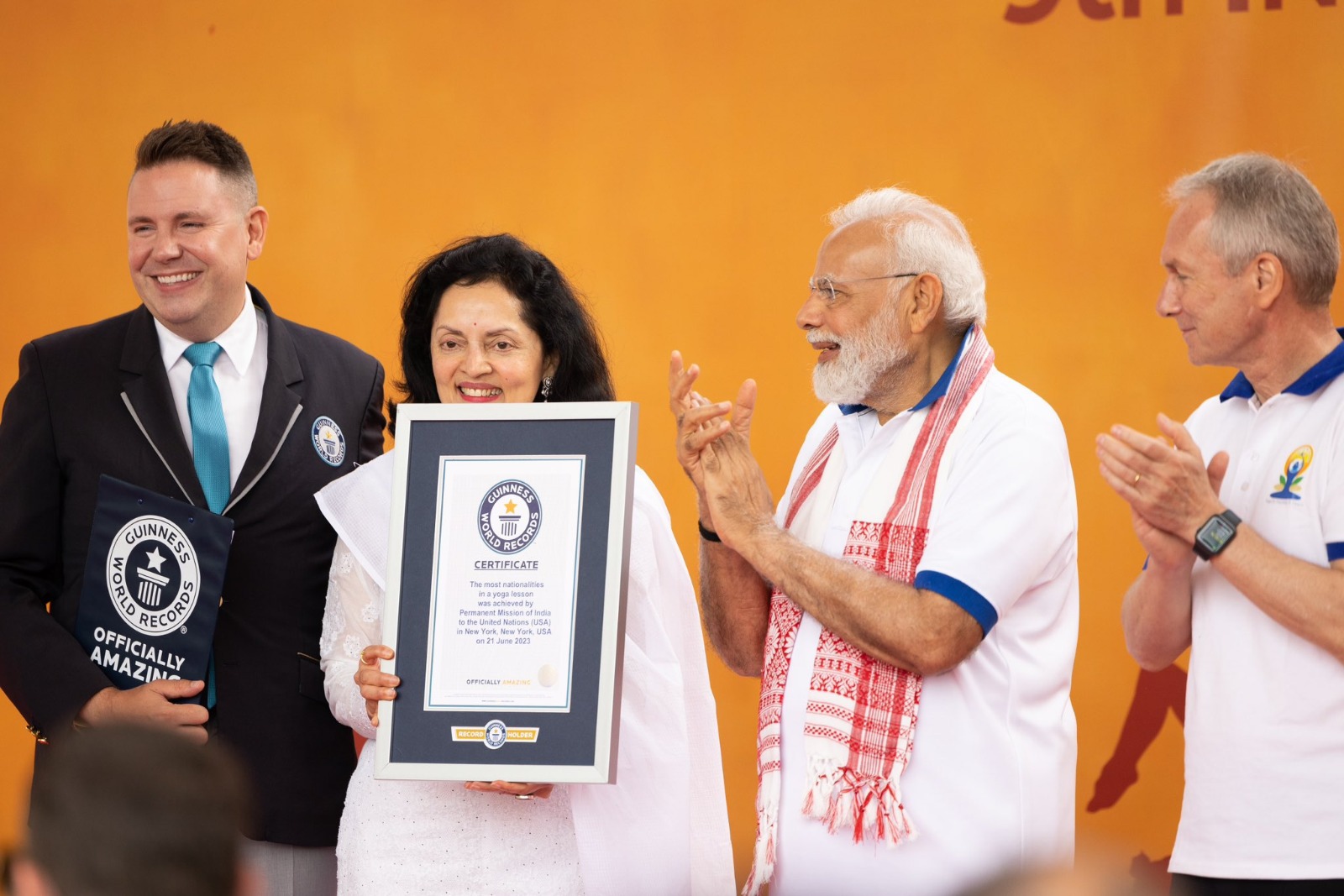
 Pallab Bhattacharyya
Pallab Bhattacharyya
Yoga is an ancient spiritual discipline rooted in the Indian tradition, designed to harmonize the mind, body, and consciousness. Derived from the Sanskrit word Yuj, meaning ‘to join’ or ‘unite,’ yoga signifies the union of individual consciousness with universal consciousness. It’s not just a form of exercise but a holistic approach to well-being that includes postures (asanas), breath control (pranayama), meditation (dhyana), and ethical living.
The earliest evidence of yoga dates back to the Indus-Saraswati Valley civilization (circa 2700 BC), where seals and relics depict figures in yogic postures. The word ‘yoga’ first appeared in the Rig Veda (c. 1500 BC), emphasizing meditation and spiritual discipline. The Atharva Veda (900 BC) introduced breath control as a core practice. The classical period (500 BC–800 AD) witnessed a systematic consolidation of yogic philosophy, with contributions from Mahavir, Buddha, and the Bhagavad Gita.
The foundational Yoga Sutras of Patanjali outlined an eight-limbed path. During 800-1700 AD, the post-classical era introduced more practical forms such as Hatha Yoga, popularized by Natha yogis such as Matsyendranatha and Gorakshanatha.

Soldiers practising Yoga at a forward post in India
Yoga is spiritual and not religious. Though rooted in Hinduism, and influenced by Buddhism and Jainism, yoga does not mandate adherence to any belief system. It is inclusive and accessible to people of all religions and cultures. The core of yoga is experiential rather than doctrinal—it invites individuals to explore consciousness, health, and well-being rather than subscribe to a set of religious beliefs. Yoga’s philosophical roots delve into concepts like Atman (inner self) and union with the divine, but modern practice, especially outside India, is often secular and focused on health and mindfulness.
Despite initial resistance in some religious circles, yoga has gained broad acceptance globally, including in predominantly Muslim, Christian, and Jewish countries. Muslim-majority countries such as Saudi Arabia, Egypt, and the UAE celebrate International Yoga Day with large public events. Saudi Arabia even recognized yoga as a sport as part of its shift towards cultural liberalization.
Christian communities, particularly in the US and Europe, have adapted yoga practices within Christian frameworks, integrating meditation and breath work with Christian mysticism. While some Orthodox churches have criticized this practice, many Christian yoga teachers advocate for its compatibility with Christian spirituality.

International Yoga Day in Busan, South Korea
In Israel, yoga is widely practiced and customized to various lifestyles—from secular Tel Aviv residents to Orthodox Jewish communities. “Jewish Yoga” combines traditional asanas and breathing with teachings from the Torah and Kabbalah, fostering a body-mind-spirit connection through a Jewish lens.
Yoga offers a wide range of physical and mental health benefits. Asanas stretch and tone muscles, improving posture, balance, and bone health. Cardiovascular health through deep breathing reduces stress hormones and blood pressure, improving heart health. Yoga releases brain chemicals like dopamine and serotonin, enhancing mood and reducing anxiety. 86% of yoga practitioners report significant stress relief. The practice improves cellular repair and hormonal balance. Yoga has proven benefits for conditions such as arthritis, migraines, and back pain.
Yoga is not monolithic; it encompasses various paths and traditions viz Karma Yoga (the path of selfless action), Bhakti Yoga (the path of devotion and love for the divine), Jñāna Yoga (the path of wisdom and introspective self-inquiry), and Rāja Yoga (the path of meditation and mental discipline). Other major forms include Hatha Yoga (focuses on physical postures and breath, emphasizing the balance between opposing forces – ‘ha’ meaning sun and ‘tha’ meaning moon, Ashtanga Yoga – A rigorous, structured practice with flowing sequences (vinyasas) and breath control etc. Each style stems from foundational yogic texts and practices developed over centuries by saints, yogis, and philosophers.
 Prime Minister Narendra Modi applauding the Guiness World record for the most nations participating in the International Yoga Day at the UN
Prime Minister Narendra Modi applauding the Guiness World record for the most nations participating in the International Yoga Day at the UN
The philosophy and practices of yoga are detailed in several ancient texts -- the Vedas, the Upanishads, the Bhagavad Gita, and the Yoga Sutras of Patanjali. These texts collectively offer ethical guidance, physical discipline, and spiritual insight.
The idea of International Yoga Day was of Prime Minister Narendra Modi who spoke at the United Nations General Assembly (UNGA) on September 27, 2014. He proposed the day to be 21 June —the summer solstice and a spiritually significant day in many cultures. The same year, on December 11, the UNGA adopted a resolution declaring June 21 as the International Day of Yoga. It was co-sponsored by 175 nations, the highest ever for a UN resolution of this kind, and passed without a vote—an unprecedented diplomatic success. The World Health Organization (WHO) has incorporated yoga into its Global Action Plan on Physical Activity (2018–2030), acknowledging its role in preventive health care and well-being.
ALSO READ: Nahid Afrin: A singing sensation to UNICEF's advocate for child rights
oga has evolved from ancient Indian philosophy into a universal practice that connects humanity across faiths and frontiers. International Yoga Day stands as a testament to yoga’s universal relevance and India’s gift to the world. B.K.S. Iyengar once famously said, “Yoga does not just change the way we see things; it transforms the person who sees.”
The author is a former Director General of Assam Police
